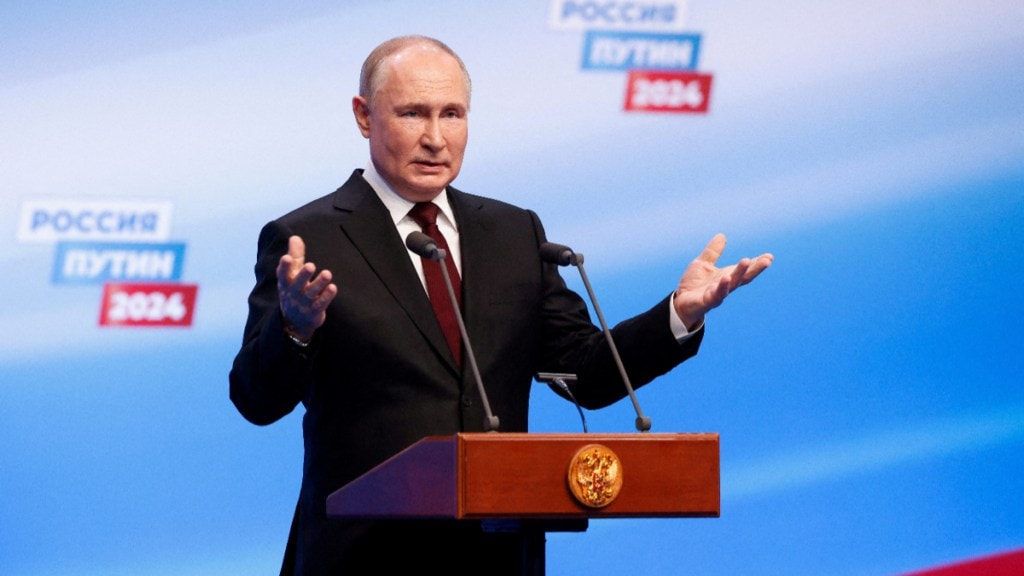In an inevitable set of events, Vladimir Putin registered yet another landslide victory in the recently held Russian presidential elections. With little presence of the Opposition in the political system, Putin has once again extended his hold over Russia for another six years.
Putin’s unending rule over the Kremlin may spell more troubles for Western powers for the Russian President has never shied away from expressing his readiness for using nuclear weapons. During a post-victory address, Putin clearly said that any direct conflict between Moscow and NATO-led Western allies would mean World War 3. However, he added that this is the kind of scenario no one would want. As the world watches what Putin will do next, here’s a look at Russia’s nuclear stockpile and that famous ‘nuclear briefcase.’
Russia, which inherited much of its stockpile from erstwhile Soviet Union, is home to the largest nuclear stockpile in the world. According to the latest data by the Federation of American Scientists, Putin directly controls around 5,580 nuclear weapons. Around 1,200 nuclear warheads are retired but are still ‘intact.’
Apart from this, a staggering 4,380 nuclear warheads are ready for use. These can be used by both short-range as well as long-range launchers. Of the total stock with Russia, Putin has deployed around 1,710 strategic warheads. If one looks at the breakup – about 640 on submarine-launched ballistic missiles, 870 warheads are land-based ballistic missiles and around 200 at heavy bomber bases, the Federation of American Scientists said.
Who has the nuclear briefcase?
The Russian President has the power to authorise the launch of strategic nuclear weapons. Vladimir Putin controls the ‘nuclear briefcase.’ Known as Cheget, Putin is known to carry this briefcase all the time. A Reuters report said that apart from Putin, Russia’s defence minister, the chief of the general staff are also believed to be carrying such briefcases.
So what does the nuclear briefcase exactly do? Cheget is essentially a communication tool that connects the president (Putin) to the nation’s military’s top brass, which subsequently links to rocket forces through the super secretive “Kazbek” electronic command-and-control network. Kazbek network also supports another system known as “Kavkaz.”

